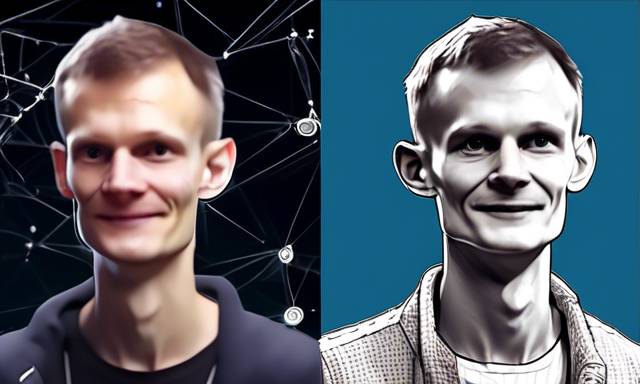Vitalik Buterin’s Vision for Layer-2 Networks in 2025 and Beyond 🚀
Vitalik Buterin, co-founder of Ethereum, has announced plans to elevate the standards for layer-2 (L2) networks starting next year. He emphasizes the importance of security and functionality, asserting that only stage 1+ projects will receive public acknowledgment in his communications. This stance reflects a significant shift in Ethereum’s approach to supporting decentralized projects.
Setting Strict Standards for L2 Networks 🛡️
Buterin, who commands a substantial following on social media, asserts that from 2025, he will only highlight L2 networks that meet a new benchmark of “Stage 1+.” While there may be a brief adjustment window for genuinely unique projects, adherence to these new criteria is crucial. He stated, “It doesn’t matter if I invested, or if you’re my friend; stage 1 or bust.” This declaration highlights his commitment to upholding quality within the Ethereum ecosystem.
The Concept of Layer-2 Networks Explained 🌐
Ethereum serves as a layer-1 blockchain (L1), while layer-2 networks are secondary frameworks that operate atop L1 systems, aiming to enhance transaction speed and network efficiency. Popular examples of L2 solutions include Optimism, Arbitrum, and Polygon, designed to alleviate congestion and streamline operations within the Ethereum network.
Understanding “Stage 1” Definitions 📚
Back in 2022, Buterin provided a clear definition of what constitutes a “Stage One” L2 project, aiming to clarify the distinctions within the Ethereum community. The essence of Stage One revolves around improved security measures, as projects must exhibit “limited training wheels” to qualify.
Buterin elaborated that a Stage One project should implement a fully operational fraud-proof or validity-proof system that oversees which state roots are permissible under the roll-up contract. Additionally, projects must include a multisig-based override mechanism to ensure accountability and reliability if there are flaws in the proof system’s code.
Importance of Security in Layer-2 Projects 🔒
The emphasis on security stems from recent incidents where certain Ethereum L2s encountered serious vulnerabilities requiring intervention from governance structures. A notable case occurred in May involving Linea, a layer-2 network that suffered an exploit, leading to the theft of $2.3 million worth of ETH from a decentralized exchange named Velocore. In response, Linea’s management opted to freeze all transactions temporarily to mitigate damage.
Optimism for Future L2 Developments 🌟
Despite past challenges, Buterin remains hopeful about ongoing developments within the layer-2 landscape. He shared that multiple ZK-roll-up teams have indicated they are well on their way to achieving Stage One by the end of this year, which he finds encouraging. His optimism indicates a belief in the potential for robust, secure projects to flourish in the Ethereum ecosystem.
Raising the Bar for Crypto Projects 📈
Alongside setting these new standards, Buterin has voiced the necessity for the Ethereum community to adopt a more rigorous evaluation process for new projects. He argued that the ecosystem has been somewhat lax, welcoming any initiative that claims to be moving toward decentralization without sufficient scrutiny. He emphasized the need for higher standards, suggesting that by the year’s end, a project should be considered a legitimate rollup only if it has reached at least stage 1 milestones.
Hot Take 🥵
As a crypto enthusiast, keeping an eye on these changes is essential. Buterin’s commitment to security and quality in layer-2 networks may redefine how projects are supported within the community. By raising the expectations for new developments, Ethereum aims to foster an environment of innovation that prioritizes trust and functionality. Observing how these standards shape the future of the Ethereum ecosystem could be key for any crypto reader passionate about potential advancements in the space.





 By
By
 By
By
 By
By
 By
By
 By
By